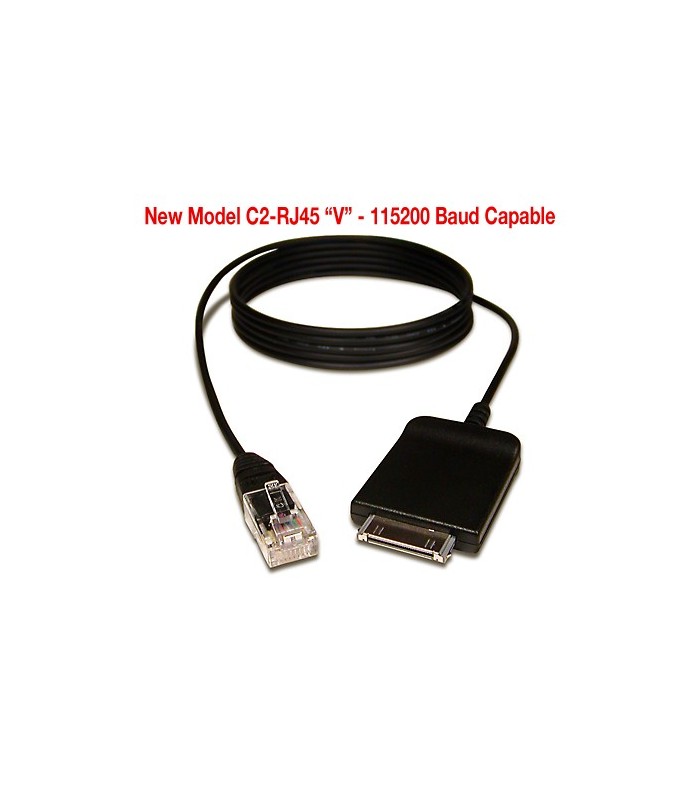Ansible Serial Console For Mac

If managing static inventory, it is frequently asked how to differentiate different types of environments. The following example shows a good way to do this. Similar methods of grouping could be adapted to dynamic inventory (for instance, consider applying the AWS tag “environment:production”, and you’ll get a group of systems automatically discovered named “ec2tagenvironmentproduction”.
Let’s show a static inventory example though. Below, the production file contains the inventory of all of your production hosts. It is suggested that you define groups based on purpose of the host (roles) and also geography or datacenter location (if applicable). # file: production atlanta-webservers www-atl-1.example.com www-atl-2.example.com boston-webservers www-bos-1.example.com www-bos-2.example.com atlanta-dbservers db-atl-1.example.com db-atl-2.example.com boston-dbservers db-bos-1.example.com # webservers in all geos webservers:children atlanta-webservers boston-webservers # dbservers in all geos dbservers:children atlanta-dbservers boston-dbservers # everything in the atlanta geo atlanta:children atlanta-webservers atlanta-dbservers # everything in the boston geo boston:children boston-webservers boston-dbservers. The above setup models a typical configuration topology. When doing multi-tier deployments, there are going to be some additional playbooks that hop between tiers to roll out an application.
In this case, ‘site.yml’ may be augmented by playbooks like ‘deployexampledotcom.yml’ but the general concepts can still apply. Consider “playbooks” as a sports metaphor – you don’t have to just have one set of plays to use against your infrastructure all the time – you can have situational plays that you use at different times and for different purposes.
Ansible allows you to deploy and configure using the same tool, so you would likely reuse groups and just keep the OS configuration in separate playbooks from the app deployment. For general maintenance, it is often easier to use grep, or similar tools, to find variables in your Ansible setup.
Since vaults obscure these variables, it is best to work with a layer of indirection. When running a playbook, Ansible finds the variables in the unencrypted file and all sensitive variables come from the encrypted file. A best practice approach for this is to start with a groupvars/ subdirectory named after the group.
Inside of this subdirectory, create two files named vars and vault. Inside of the vars file, define all of the variables needed, including any sensitive ones.
Ansible Serial Console For Mac Download
Next, copy all of the sensitive variables over to the vault file and prefix these variables with vault. You should adjust the variables in the vars file to point to the matching vault variables using jinja2 syntax, and ensure that the vault file is vault encrypted. This best practice has no limit on the amount of variable and vault files or their names.